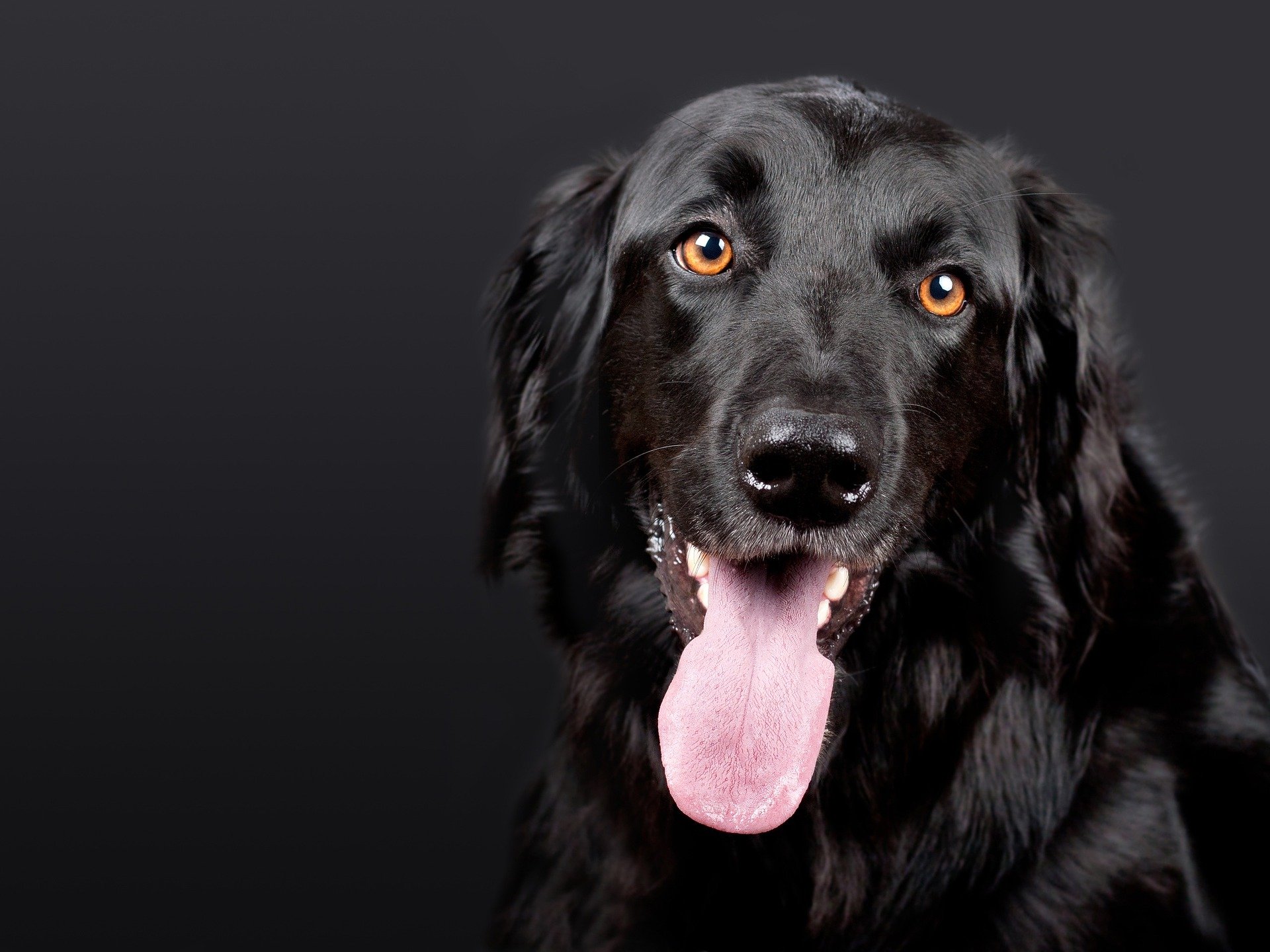The Science Behind Puppy Dog Eyes
 There’s a reason we have the term “puppy dog eyes.” This innocent, often heart softening expression could sway nearly any human. And this name is no coincidence, according to a new study. The shape of dogs’ eyebrows has radically changed because of centuries of domestication, making their faces and emotions easy to read for humans.
There’s a reason we have the term “puppy dog eyes.” This innocent, often heart softening expression could sway nearly any human. And this name is no coincidence, according to a new study. The shape of dogs’ eyebrows has radically changed because of centuries of domestication, making their faces and emotions easy to read for humans.
When dogs meet a person’s gaze, they raise their inner eyebrow muscle, making their eyes look bigger and more appealing. The researchers involved in this study say there is no evidence that dogs move their eyebrow muscle intentionally, but the effect is the same. According to research, eyebrow movement plays a significant role in human communication. We often move our eyebrows even though we know the people we are talking to can’t see us, such as when we talk on the phone. This study is the latest to show us just how nearly 20,000 years of cohabitation has made our furry companions finely tuned human emotion interpreters.

One researcher, Juliane Kaminski, a psychologist at the University of Portsmouth in the U.K., has found dogs are incredibly skilled at understanding gestures and often outperform even non-human primates such as chimps. Kaminski began investigating this relationship’s flip side several years ago and started to look at how people deciphered dogs’ behavior. In one experiment she published in 2013, she filmed dogs in shelters to see if their behaviors could be linked to how quickly they were adopted. Kaminski examined various factors, but the only one that stood out as significant was the movement of the dog’s eyebrows upward and inward. Kaminski said it was a shocking result, and they didn’t expect something as minor as moving an eyebrow to have any effect. Then a new question arose; is this eyebrow movement unique to dogs, or can it be traced back to their ancestor, the gray wolf?
In Kaminski’s new study, published in Proceedings of the National Academy of Sciences, researchers analyzed and dissected the facial muscles of four wild grey wolves and six dog breeds: a bloodhound, a Labrador retriever, a Chihuahua, a Siberian husky, a German shepherd, and a mix-breed. Each of the studied animals had previously died of natural causes, and their bodies had been donated to science. The team discovered a large and prominent muscle, the levator anguli oculi medialis, in all six dog breeds. However, this muscle was almost entirely absent in wolves.

Researchers also found that the retractor anguli oculi lateralis muscle was smaller and more variable in size and presence in wolves compared to dogs. The exception to this was the Siberian husky, which is more closely related to wolves. This muscle runs along the eye’s outer edge and exposes more of the white of the eye, making dogs appear human-like. Despite being a small shift, especially seeing as the muscles that control facial expression are relatively small, the impact on the way we perceive a face is astronomical.
The research shows that dogs are wolves are incredibly similar anatomically, with the exception of these eye muscles. This recent study shows that these morphological changes evolved as dogs and humans have interacted over the past 20,000 years. Furthermore, they did not evolve due to intentional selection but instead gave dogs an advantage in their interactions with humans.
Kaminski and her colleagues hope to examine a wider variety of dog breeds in the future, including street dogs and more ancient breeds, to understand how these muscular changes developed. Kaminski also wants to investigate more about our reactions to puppy dog eyes and why we can’t resist being taken in.

